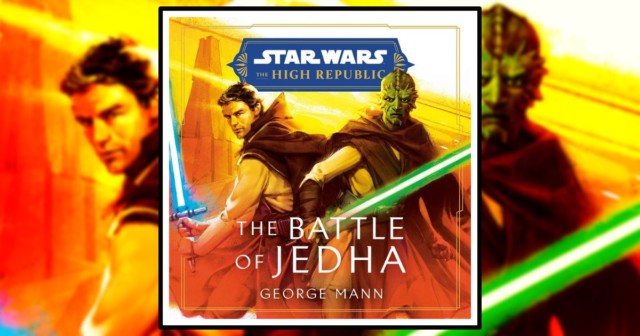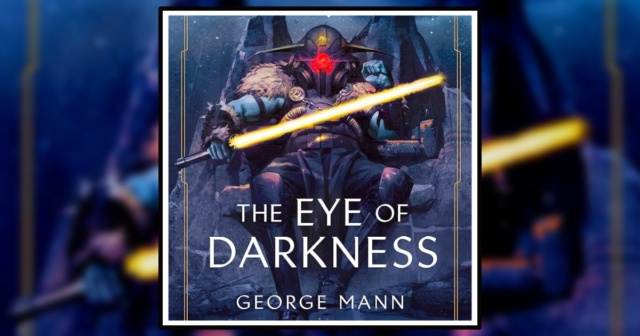Book Review: ‘Star Wars: Inquisitor Rise of the Red Blade’ by Delilah S. Dawson
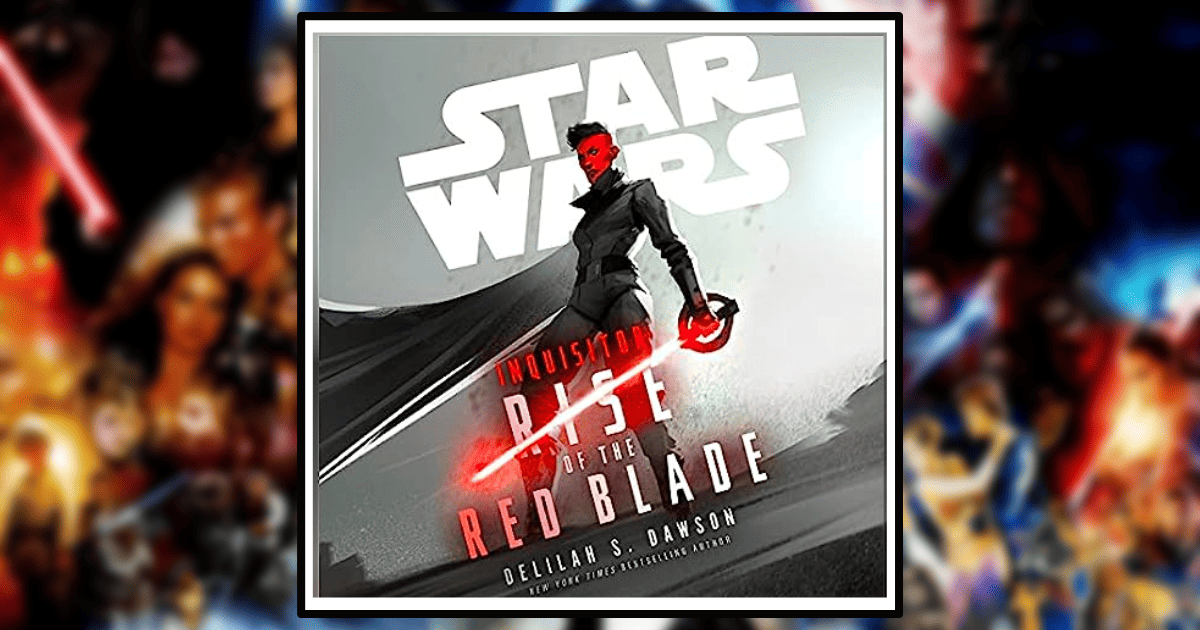
Star Wars: Inquisitor Rise of the Red Blade by Delilah S. Dawson is the newest addition to the Star Wars library. I have been looking forward to this book for months and it did not disappoint. It covers my favorite time period in Star Wars, the prequels and post-Order 66. Dawson did a fantastic job weaving Iskat’s story into the existing world. While we see Iskat live at the Temple her interactions with familiar faces are memorable and we get to see more day-to-day Jedi life.
In Rise of the Red Blade, we meet Padawan Iskat Akaris, who has dedicated her life to traveling the galaxy with her master Sember Vey, searching for rare texts and artifacts to add to the Jedi’s vast archives. Iskat has struggled to learn peace and control. Every time she is set back she feels her fellow Jedi grow more distrustful of her.
The Clone War rages on and Iskat begins to ask questions about her past that Jedi are not supposed to ask. Iskat is constantly told to stay in the present and trust her training and the force. But that only makes her more curious. As the years pass and the war continues Iskat’s faith in the Jedi wanes. When the Jedi fall she views Order 66 as her salvation. As an Inquisitor Iskat is finally encouraged to have freedom to ask and to want.
Before getting any further into my review I would like to add that there is an author’s note from Dawson at the beginning of the book warning that a character does take their own life. It’s not something we see in Star Wars and found her take on the subject to be very respectful.
[Note: While I am reviewing this novel independently and honestly, it should be noted that it has been provided to me by Random House for the purpose of this review. Warning: My review does contain some light spoilers!]
The Clone Wars era explored in Inquisitor Rise of the Red Blade
At the start of the book the Clone Wars had just begun. All Jedi are called back to the temple to head out to Geonsis with the clones to rescue Obi-Wan, Anakin, and Padmé. I liked having Iskat’s point of view on the war. She and Anakin were on the same level as Padawans but it’s clear they were taught different ways of Jedi life.
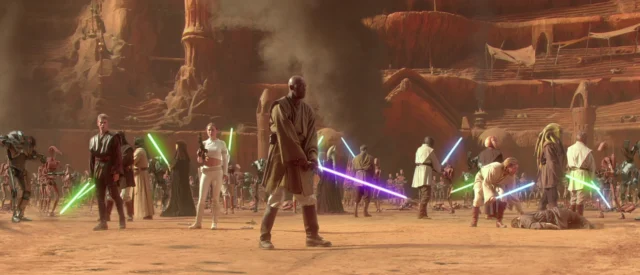
This felt like having an inside look at the Jedi we shouldn’t have been able to see. Iskat was in the background and was avoided by others in the temple for most of her life. So it made things easy for her when it came to observing the people she grew up with and the masters. Geonosis had a huge impact on the Jedi. They lost many of the masters leaving Padawans and new Jedi Knights confused and struggling for guidance.
The Jedi were stretched thin from the beginning and scrambled to put people in places to fight the Separatists. Iskat’s master was among the dead leaving Iskat to be one of the struggling young Jedi.
I noticed that Iskat is very similar to Anakin. Both are very different and wreckless from the rest of the Jedi. No one understands them, not even their masters. They both question the Jedi Order and those closest to them are annoyed by that.
Like Anakin, Iskat feels like the Jedi are holding her back and she wants more. She wants to be able to explore her powers and not be told to meditate on them. This book made me think about how Anakin would’ve acted had he been without a master, and if Obi-Wan hadn’t been fully present with him.
I believe many Jedi struggled and didn’t want to face these feelings. They wanted to be what the Jedi Order taught them to be, but for some, it didn’t take. They have been taught that doubt and looking back on the past are dangerous ideas. Even asking questions, like Iskat and Anakin did, was frowned upon.
I liked that Dawson touched on how Jedi move on from events such as death or asking questions. It drives me crazy that the Jedi preached about knowledge and the preservation of their archives yet frowned upon curious minds. I loved reading about Iskat being bothered by it as much as I have been.
Mace Windu enters the fray
Mace Windu is a constant in this book. I have never read his book, Shatterpoint by Matthew Stover, which is part of the extended universe. But I feel like I’ve been able to understand him better. His fear of the war and his uncertainty were made known by Iskat and from Anakin’s point of view in Brotherhood. I liked that Dawson and Mike Chen both included that others could sense his uncertainty. It had to be a very powerful feeling for Mace to let it show in front of so many people.
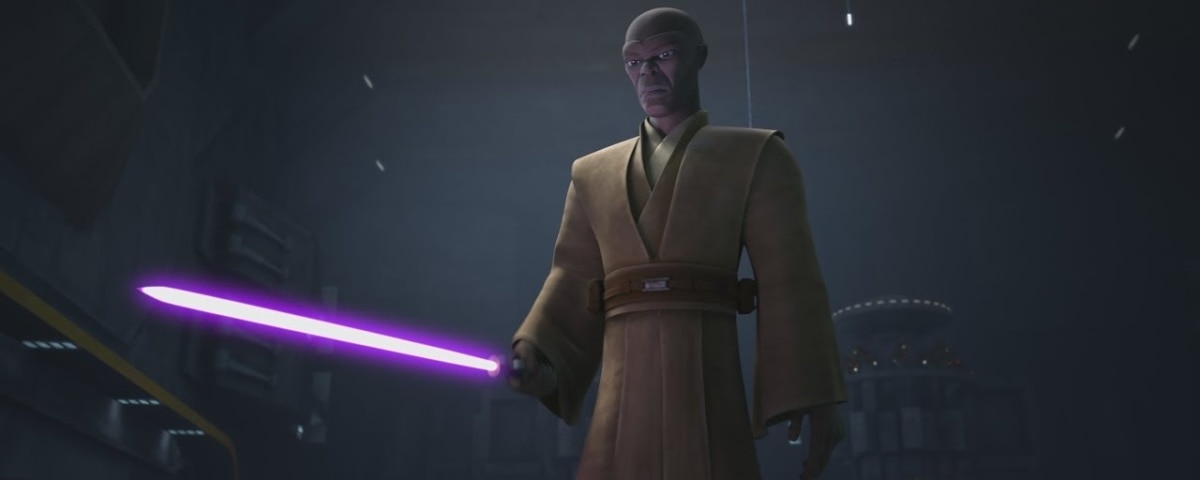
Dawson’s description of Mace Windu lived up to the way others talked about him. There is some disconnect between Mace’s characterization in the films, The Clone Wars, and the books. The books and Clone Wars meet on his cold demeanor and truly didn’t let his emotions show. He was the perfect Jedi Master in a sense.
Maybe Mace didn’t have enough time in the films or I just never connected with the character well enough, but I never got the cold, hardened warrior feeling from him. I just knew that he didn’t like Anakin and thought Mace had a lapse of letting his emotions show when he shouldn’t.
The Inquisitors and Order 66
There have been a lot of books and shows in the last few years that expand upon the war and a post-Order 66 galaxy. We have seen how normal people in the galaxy adjusted to the Empire as well as the Jedi in hiding. As well as the treatment of the clones and how they were decommissioned.

Here, we are shown the Inquisitorius. How the Inquisitors train and become a Brother/Sister. We learn that certain Jedi were forced or joined the Inquisitors willingly. Iskat’s journey reminded me a lot of the short Screecher’s Reach from Star Wars: Visions Vol. 2. Since she sees the Dark Side as her salvation from the box the Jedi tried to force her into like Vel. They both were given the option to know more. All Iskat wanted was to see the galaxy and fight.
Final thoughts on Star Wars: Inquisitor Rise of the Red Blade
Overall, Rise of the Red Blade was very enjoyable. I did feel like there were some parts that dragged on during Iskat’s journey. But I think those were necessary to understand how she didn’t fit in with the Jedi Order.
We see these characters struggle and question themselves and the war around them. A little bit of the darker side of the war and the toll it took on the Jedi before Order 66. If Disney decides to do more Tales of the Jedi I would love to see them adapt some prequel-era books and bring these characters to the screen.
My Rating: 6/10
Star Wars: Inquisitor Rise of the Red Blade by Delilah S. Dawson is available now! If you want to read more Star Wars stories by Dawson she also wrote Star Wars Galaxy’s Edge Black Spire, Phasma, and The Perfect Weapon (an e-novella).
Star Wars The High Republic: The Battle of Jedha by George Mann
Book Review: Star Wars: The Eye of Darkness (The High Republic) by George Mann

